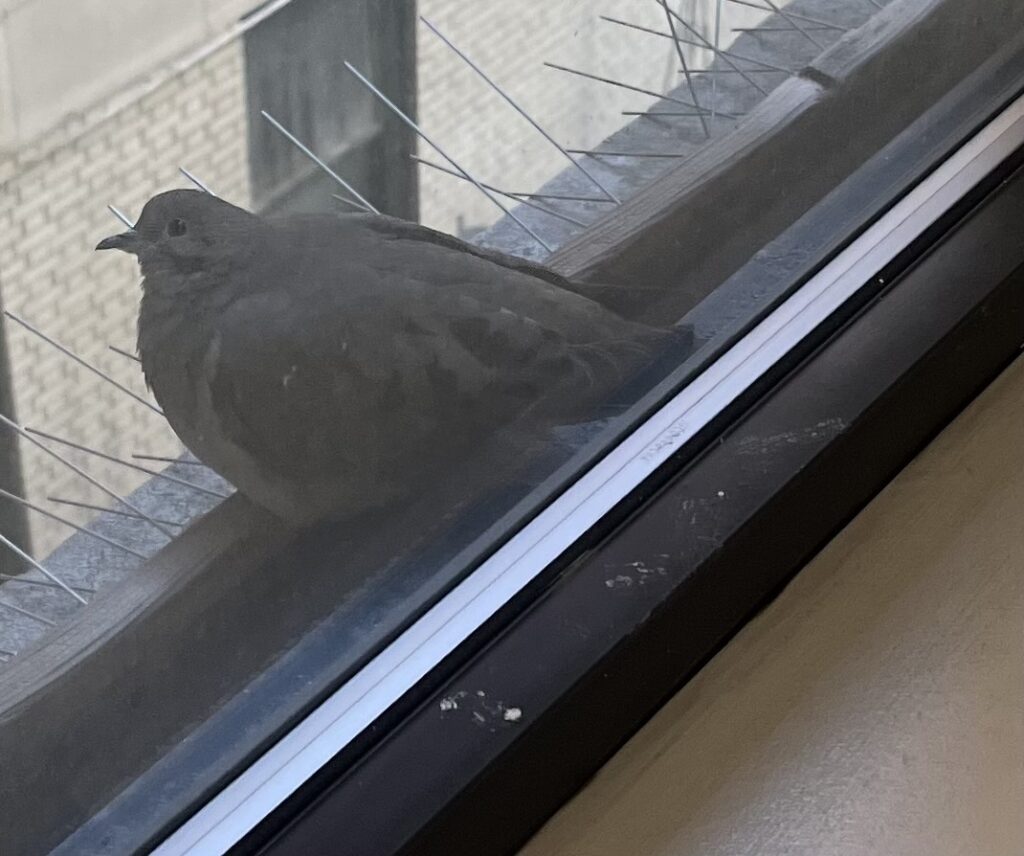This post generated a lot of feedback.
The Flatiron Will Go Condo. This is sad, because it will severely limit who can enter one of New York’s true landmarks. I had a job interview with Penguin many years ago, and HR was in the pointy end, and I can still picture the goofy narrow office in my mind. It’s a fun memory even today. Sixty luxury apartments will reduce opportunities like that to near-zero.
The point here isn’t to argue against capitalism, or to debate the merits of adding housing stock to a city that needs plenty, or to say my little recollection is particularly important. It’s about the Flatiron Building and New York itself, and what it means when landmarks turn into residential real estate.
Of course the Flatiron needs new life, and it’s a mess inside, and it’s such a major project that no one even wanted to buy the building. Commercial office space is not a bullish investment in 2024, and adding apartments in Manhattan is fundamentally good.
That said, its sixty ultra-high-end luxury condominiums are likely to be purchased by a mix of LLCs and holding companies, held as investment properties and pied-a-terres, ultimately contributing little to the neighborhood. A small staff will stand guard at a lobby that a limited number of residents will use each day. Is this the best outcome for the city?
The Plaza Hotel went condo in 2005, four years after the September 11 attacks, when New York was convinced that high-end hotels had passed their peak. This was widely viewed as a disappointment, one that spurred talk of government intervention. How soon we forget! No one wanted to lose access to such a grand, iconic space. Never mind that the old hotel was expensive; at least one could go there, see the lobby, get upstairs if interested, and experience it.
There’s still a hotel in the Plaza, of course, but greatly downscaled. What remains—some hotel rooms, the Palm Court, the ballrooms—exists in part because public pressure helped it persist. That pressure has abated. No one is really fussing over the Waldorf-Astoria’s slow transformation into a more residential space, other than to lament how long it’s taking. And few are going to fuss over the Flatiron, if the reactions to that Threads post are any indication.
I know firsthand what it means to have set foot in these iconic buildings, to use them for their stated purpose, and my hope is that many others get to experience them, too, not just as nice pieces of architecture (which they all are) but as part of the city’s fabric.
Just before the Plaza closed as a full hotel, my wife and I spent a night there. We wanted to experience its grandeur for ourselves. And it was grand indeed: wide hallways, high ceilings, a strikingly oversized room, and all the prewar detail still on the walls, aged but beautiful. Staying there was a singular New York experience. Like my one pop into the Flatiron Building, I’m glad I got to be there. So, too, my coffees in the lobby of the Waldorf, and the various industry dinners I once attended there.
There will always be somewhere else to go for a meeting, a dinner or a night’s stay, and landmark designation means these special buildings will remain a part of the streetscape. Still, losing access to them, in full or in part, marks a shift away from part of what makes them special.
For most of the first century of its life, the Flatiron was a thriving space, with thousands of people walking into its lobby and filling its 22 stories with an ever changing population, each generating their own experiences, their own memories. The building was lively inside and out. That is likely never to return. And the transition away from a bustling and interwoven piece of the city is noteworthy, and a little bit sad.
